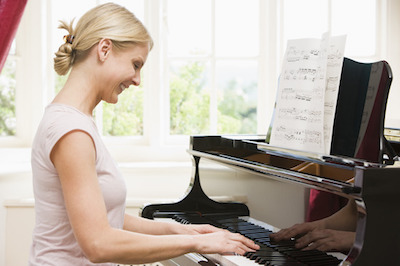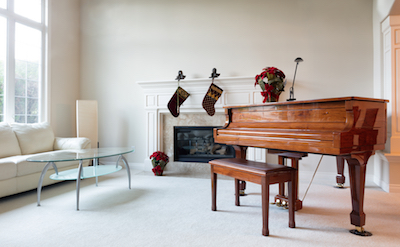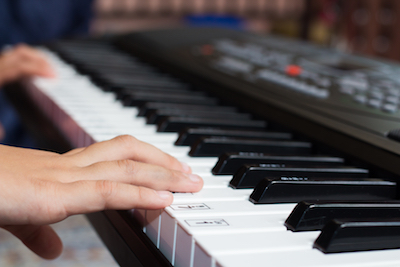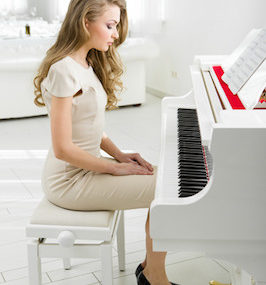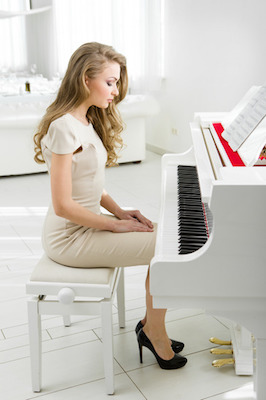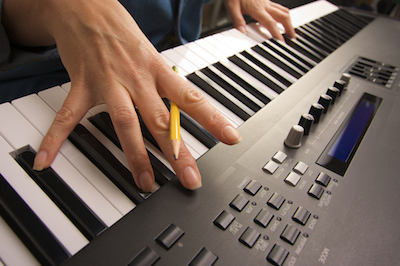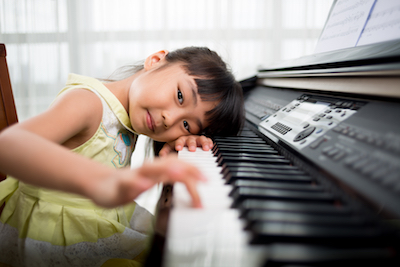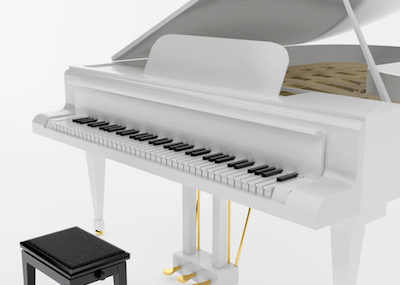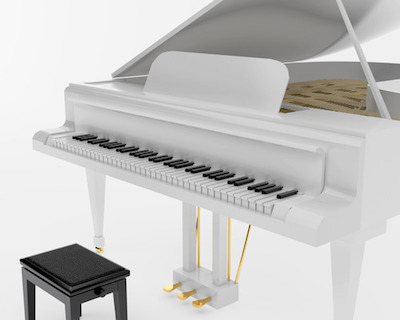Music has a kind of magic to it. Even if you hear a song you haven’t heard in years, you can tap your toes to the beat and sing along as if you learned it yesterday. We carry music in our hearts for our whole lives.
Music also has the power to tap directly into our imaginations. We’re just learning how music can directly impact us to make us smarter, healthier, even happier. And while hearing music can do all this and more, new evidence is also suggesting that learning to play an instrument can increase your cognitive function. That could help with everything from increasing your planning skills to helping reduce anxiety. 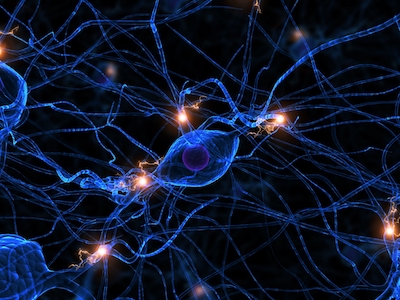
What can it do for you?
Piano Players Are Multitaskers
Learning to play the piano puts your brain into overdrive. Many different levels of brain power are needed to sight read the music, put both hands into action with different movements, follow pitch, form chords, maintain posture, control your breath, and tap your toes to operate the pedals. Think of this as a workout for your brain!
Piano Players Build Brain Power
The mental demands of playing are so significant, a piano player’s brain is structured differently than a person’s who doesn’t play. Piano playing strengthens the bridge between the right and left hemispheres of the brain, making the frontal lobe connections more efficient. That boosts problem-solving, language, and decision-making skills.
Piano Players Are More Likely To Think Outside The Box
If you look at one of the top qualities employers look for in an employee, it’s the ability to think outside the box. Piano players are innately proficient at creative thinking, and are more likely to be able to come up with new solutions to open-ended questions. Piano players literally think about complex problems differently, so they come up with more creative solutions.
Think this only happens when you’re young? Think again. Studies have shown that learning to play the piano can help with cognitive abilities no matter what age you pick up the practice.
If you’re interested in learning to play the piano, we can help you with your first step.



